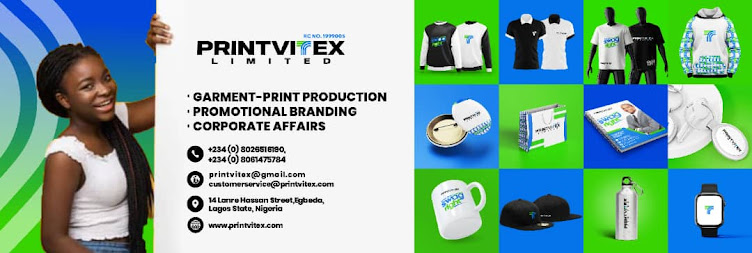"Life is too short to pretend I'm someone who did not wear that brown and orange-ish polyester uniform."
The quoted statement is from Julie Asfahl's recent LinkedIn post which is a reflection of her past experience working at the Burger King (referred to as "BK Lounge") in Boca Raton, Florida, during a summer in the past.
The author mentions that although it wasn't the current summer, she decided to share this experience because she believes life is too short not to do so. The author further highlights three key things she learned from their job at Burger King.
Firstly, she mentioned learning how to wake up early, suggesting that the job required them to start their shifts early in the morning. This experience likely taught her discipline and the importance of being punctual.
Secondly, the author suggests that she found the job more enjoyable when there was a lot of work to do compared to when it was slow. This implies that she preferred a busy work environment where she had plenty of tasks to keep her occupied, indicating that she may have thrived on being productive and active during her shifts.
Lastly, the author mentions that she learned the impact of adding a smile to someone's change, implying that she discovered the power of small acts of kindness. By offering a friendly and positive attitude, the author realized that she could brighten someone's day and potentially make a positive difference in someone else's life, even in a simple and seemingly insignificant way.
It is worthy of mention that this is not just the author's reflection on her time at Burger King but also emphasises the clear, consistent, unique and strong brand identity/values of Burger King.
So, today's article will be on six lessons brand owners will learn from Julie Asfahl's post and can incorporate into their promotional merchandise strategies to leave that long lasting impact on customers, employees and other stakeholders.
- Embrace Discipline and Punctuality: Customized uniforms can serve as a symbol of professionalism and discipline. By designing uniforms that embody these qualities, brand owners can instill a sense of responsibility and punctuality in their employees. Choose high-quality materials that convey a sense of pride and durability. This attention to detail will not only enhance the brand's image but also foster a sense of loyalty among employees who identify with the brand's values.
- Foster a Productive and Active Environment: Consider the work environment and tasks when designing uniforms. If your brand thrives in a fast-paced, dynamic setting, create uniforms that reflect this energy. Opt for comfortable and functional designs that allow employees to move freely. By providing apparel that supports their activities, you empower employees to be productive and active, reinforcing the brand's identity as one that values efficiency and engagement.
- Cultivate Small Acts of Kindness: Uniforms are not just a visual representation of a brand; they can also be a vehicle for positive interactions. Encourage employees to add personalized touches to their uniforms, such as name tags or badges that highlight their unique qualities. By fostering a culture of kindness and positivity, these small acts can create a lasting impact on both customers and employees. A warm smile or a friendly gesture can brighten someone's day and leave a memorable impression that extends far beyond the immediate interaction.
- Fostering Employee Loyalty: Customized uniforms play a pivotal role in fostering employee loyalty. When employees feel connected to their uniforms and view them as a reflection of their role within the brand, a sense of belonging and pride emerges. Involve employees in the uniform design process, allowing them to provide input and suggestions. By personalizing uniforms and ensuring they align with individual preferences, employees feel valued, which enhances their loyalty and commitment to the brand.
- Leaving a Lasting Impact: Well-designed customized uniforms have the potential to leave a lasting impact on both customers and employees. Incorporate distinctive design elements, such as unique patterns, colors, or branding details, that make the uniforms stand out. These visual cues reinforce brand recognition and create memorable experiences for customers. Furthermore, when employees feel a strong connection to their uniforms and the brand they represent, they become ambassadors who carry the brand's identity beyond the workplace, making a lasting impact on anyone they encounter.
- Creating a Cohesive Brand Identity: Uniforms are not just garments; they are an embodiment of a brand's identity. By incorporating the brand's visual elements, values, and messaging into the uniform design, brand owners can create a cohesive brand identity. Consistency in design, colors, and typography across all promotional merchandise reinforces the brand's image and fosters a sense of unity among employees. This consistent brand identity extends to all touchpoints, enhancing customer experiences and solidifying the brand's reputation.
Bottomline:
By incorporating the valuable lessons learned from Julie Asfahl's experience at Burger King, brand owners can create a cohesive brand identity through customized uniforms. By fostering employee loyalty, emphasizing small acts of kindness, and leaving a lasting impact on both customers and employees, customized uniforms become a powerful tool for branding. Beyond the mere fabric and design, uniforms become a representation of a brand's values, culture, and professionalism. When approached thoughtfully, promotional apparel strategies have the potential to shape a brand's identity long after the uniforms are worn, leaving a lasting impression on both employees and customers. Embrace the lessons learned, and embark on a journey to create a brand identity that resonates with authenticity, loyalty, and a long-lasting impact.






.jpg)
.jpg)





